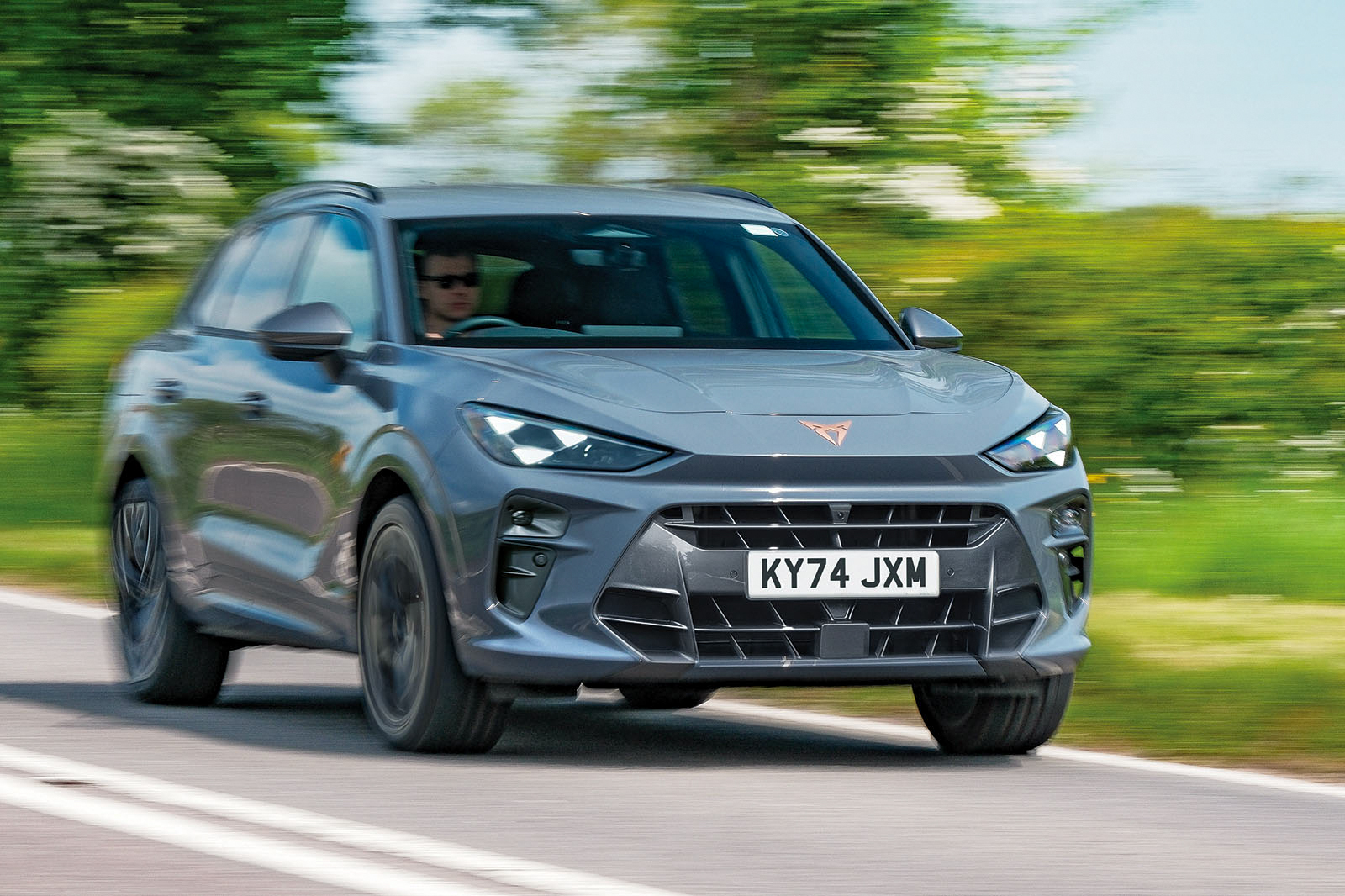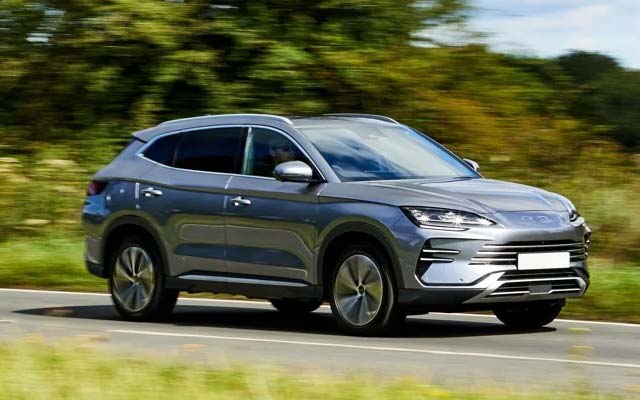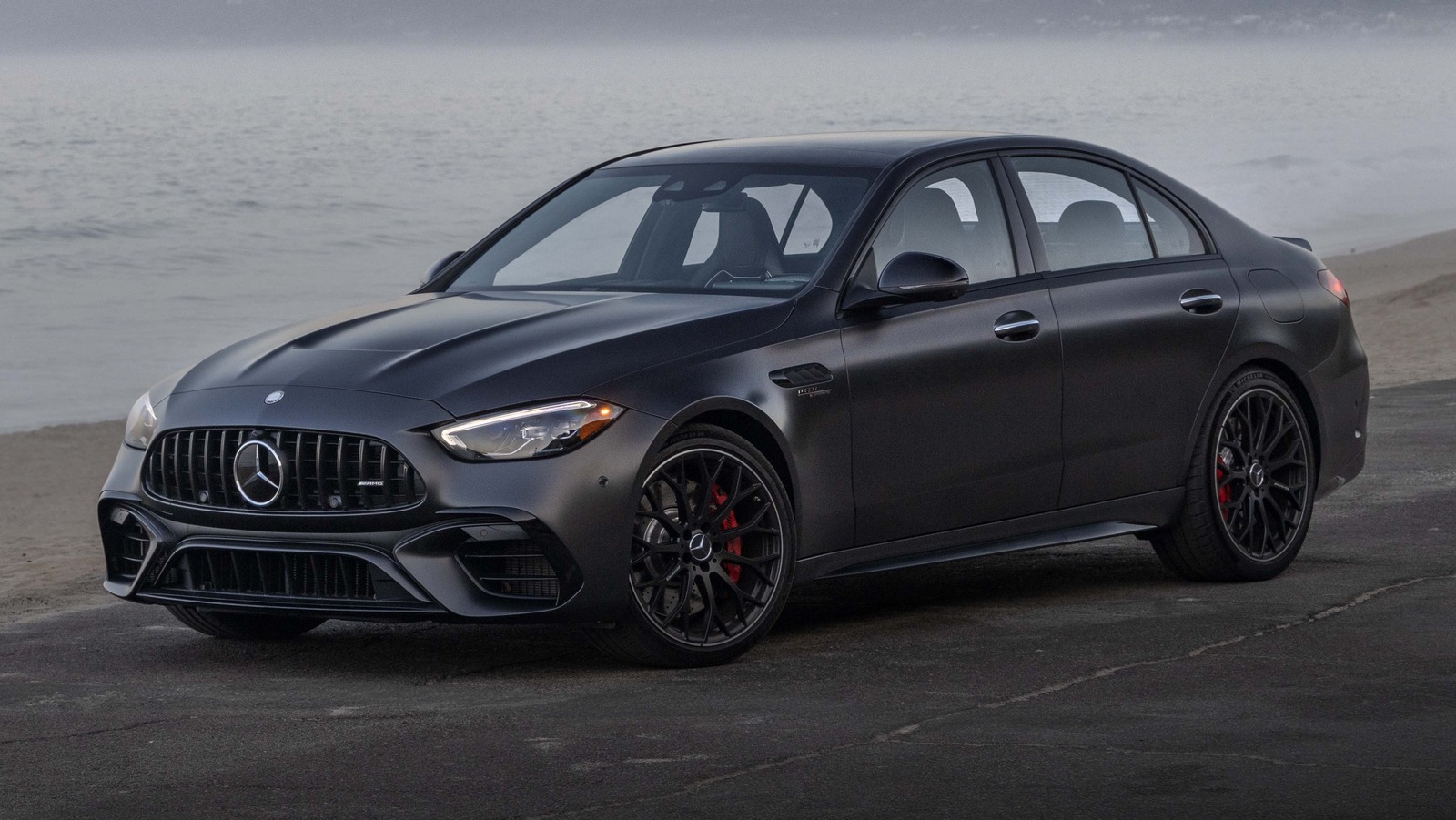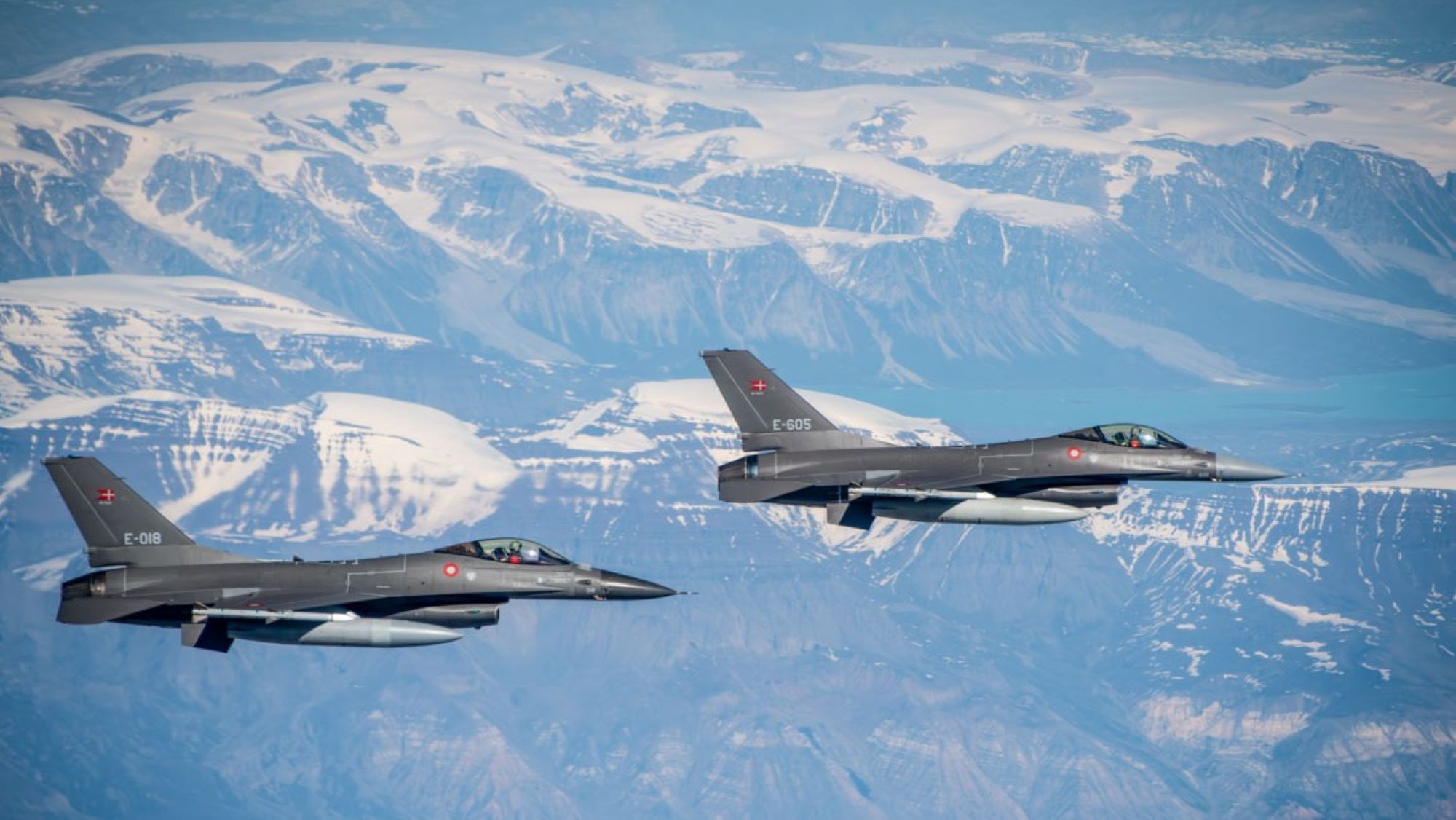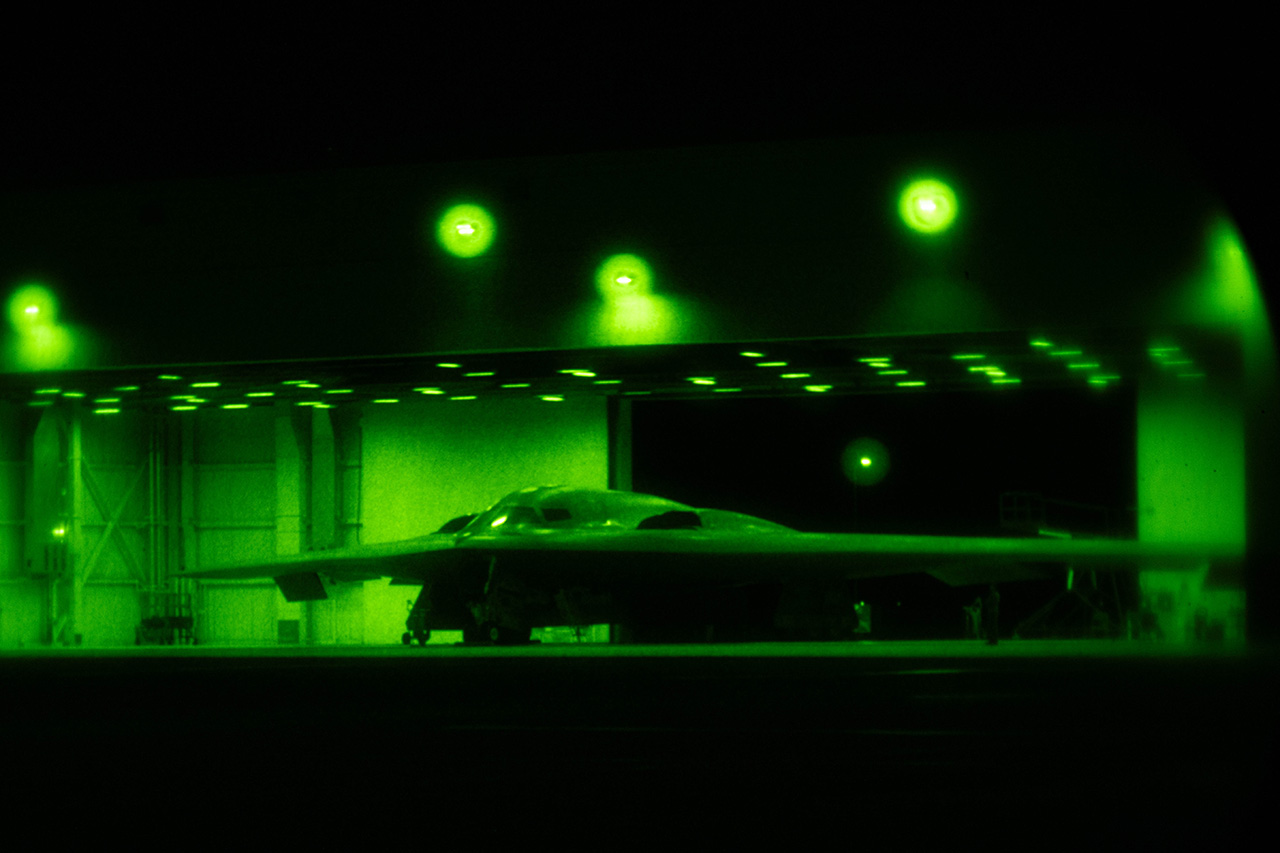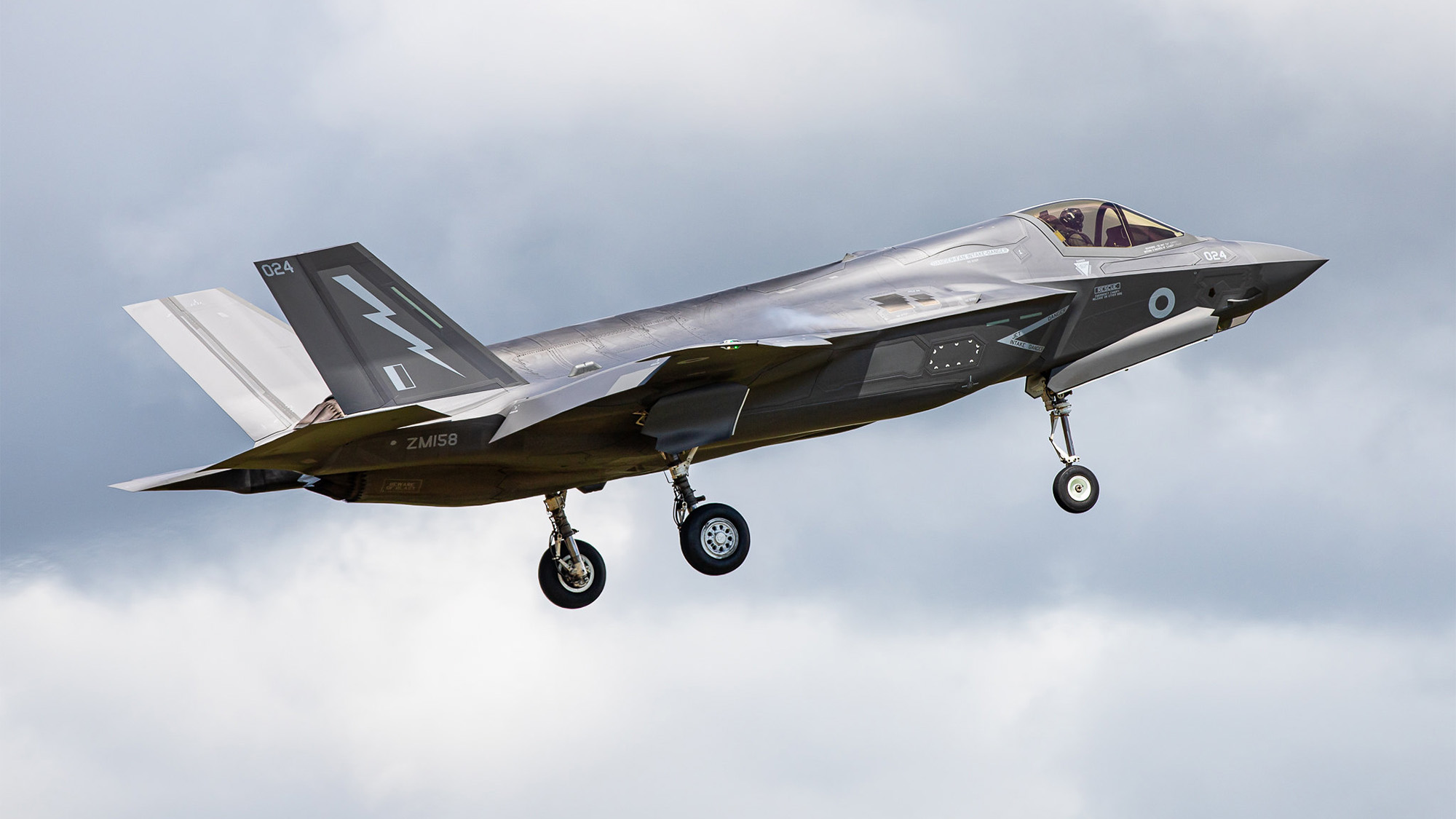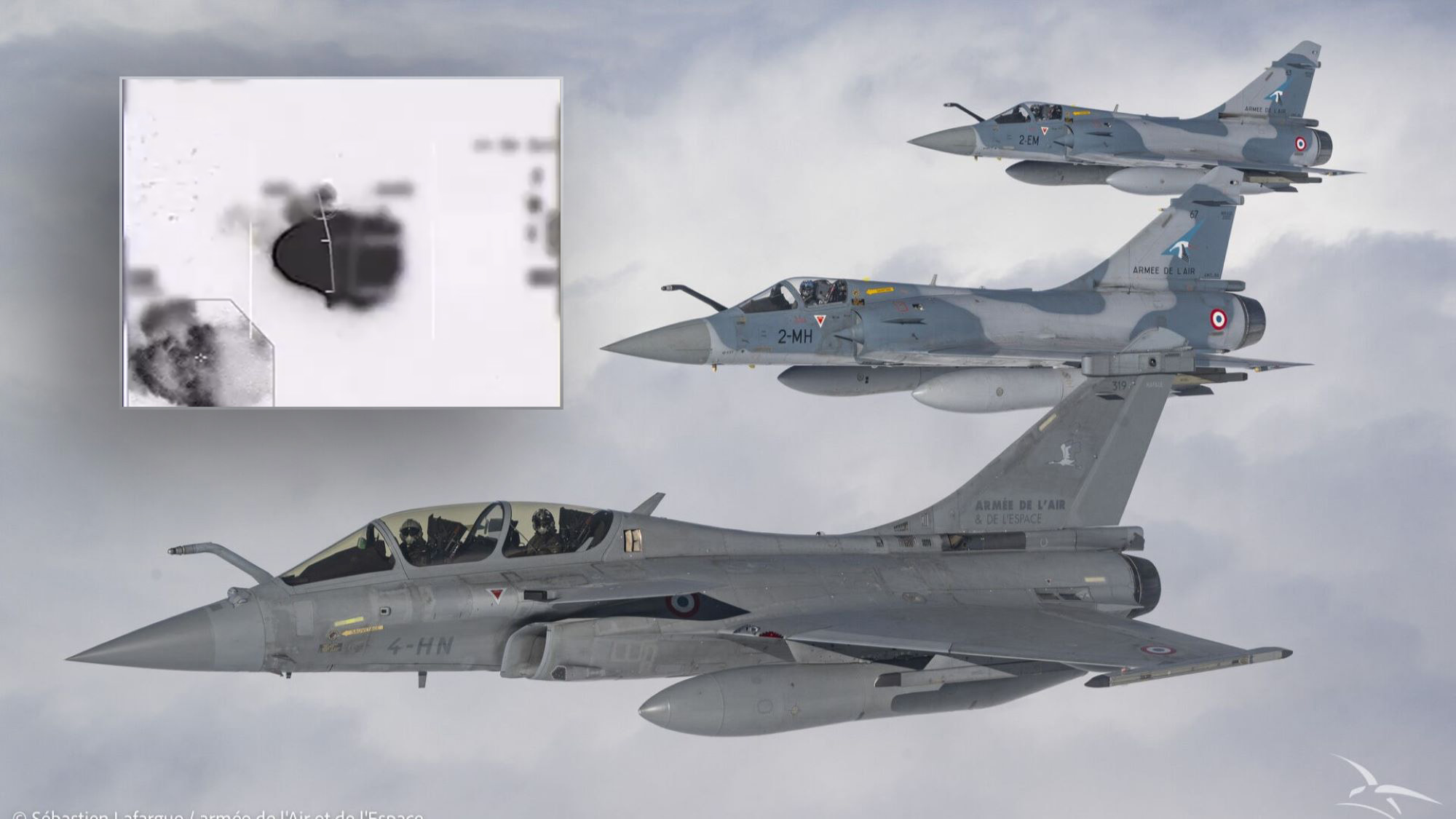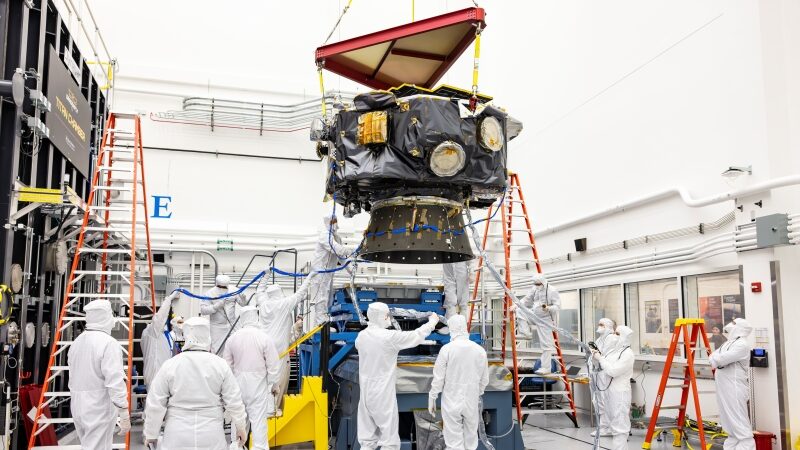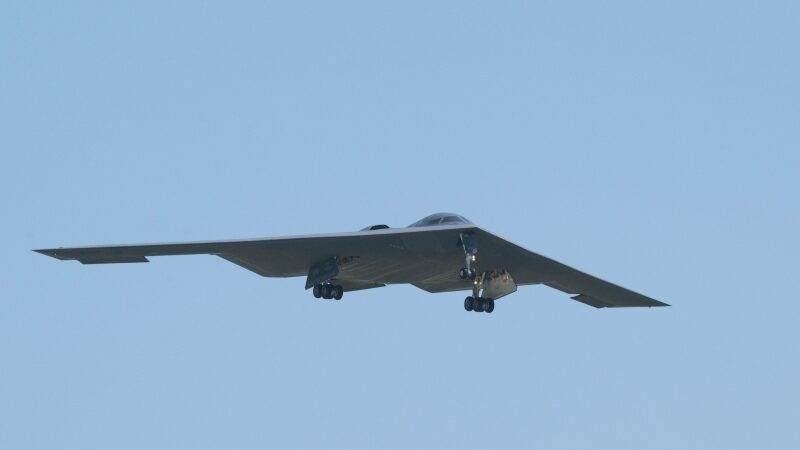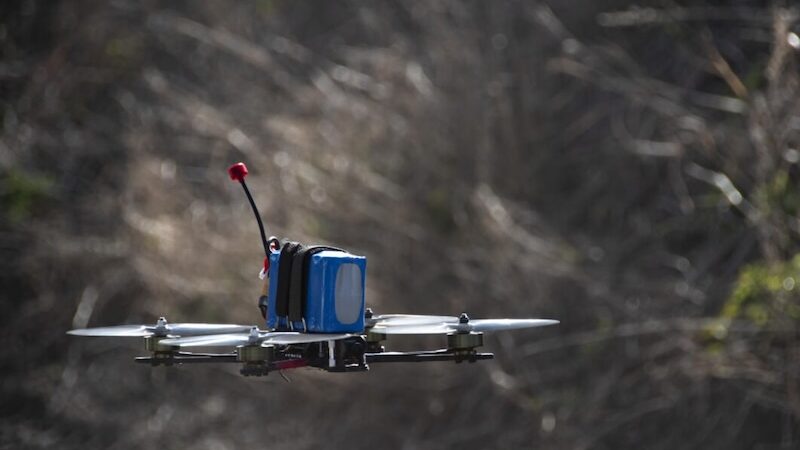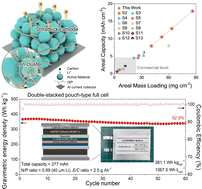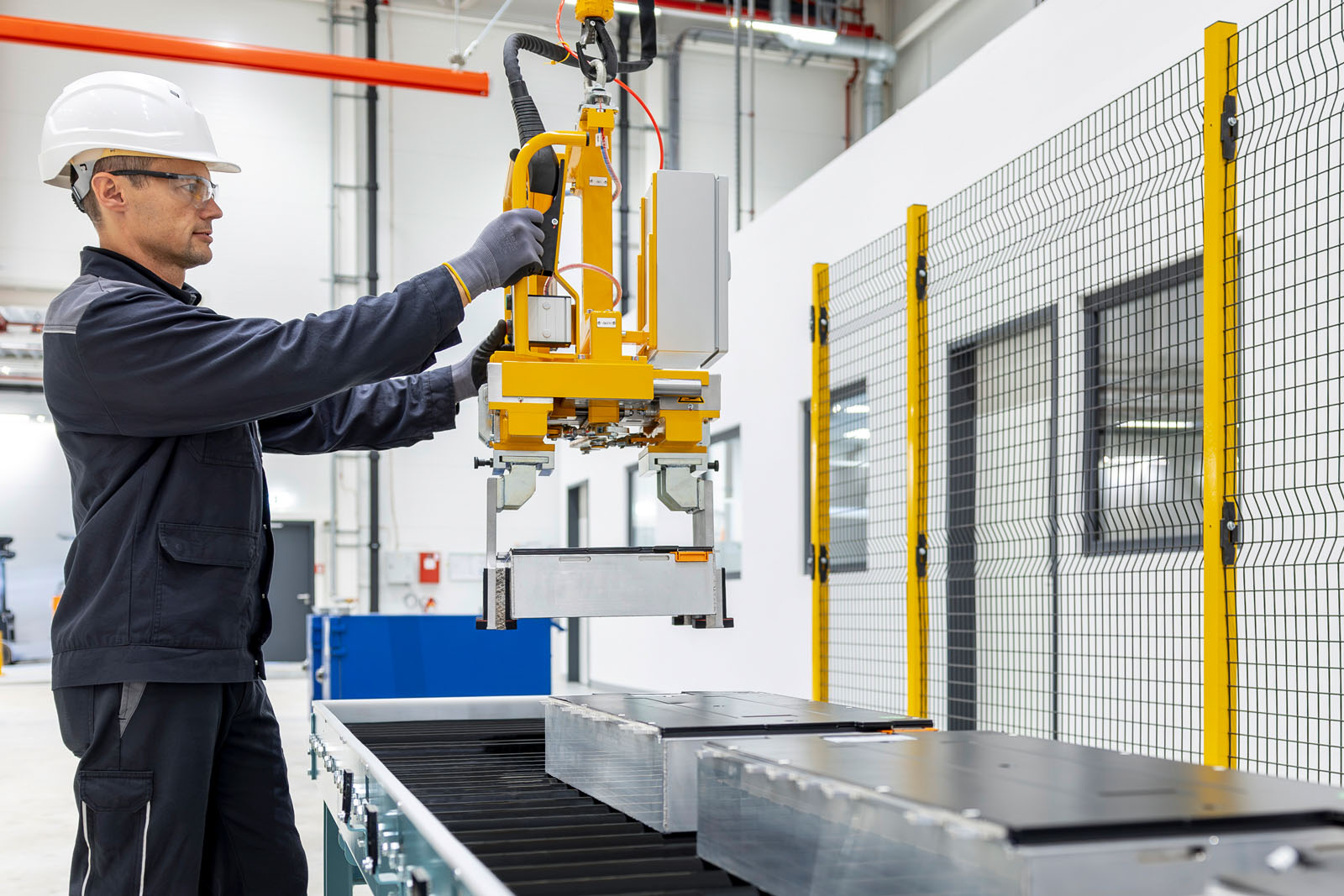Why the Chrysler Crossfire is not a dog's dinner
Disastrous marriage of Chrysler and Mercedes did produce something good - and its name is Crossfire There are plenty of things people can’t forgive Jeremy Clarkson for, but near the top of my list is his comparison of the Chrysler Crossfire coupe’s rear end to a dog relieving itself. He has certainly caused worse offence, but now, whenever I see a Crossfire coupe, it’s hard not to recall that unpleasant analogy. It’s a shame, really, because the Crossfire has a striking design - not necessarily because its rear half resembles a fleeting scene from parks across the country. The car’s exterior was largely the work of American designer Eric Stoddart, part of a team led by Briton Trevor Creed. But the real story behind the Crossfire goes beyond the design team. It stems from the so-called “marriage made in heaven” between Daimler and Chrysler - more accurately, the takeover of Chrysler by Daimler, orchestrated by Juergen Schrempp and Bob Eaton, who presented it as a merger of equals in 1998. In reality, it was far from equal. The deal triggered the departure of some of Chrysler’s top engineers, led to a decline in quality for some Mercedes models, and brought about a period of muddled product planning especially for Chrysler. Despite clear financial and marketing risks, the companies pushed to integrate their platforms and parts, combining a high-volume, low-margin American brand with a lower-volume, high-margin premium brand. But that’s a story of its own. One of the more curious products to come out of this merger was the Chrysler Crossfire. Its development was significantly accelerated by the ready availability of Mercedes hardware to serve as its foundation. As the first-gen SLK was bowing out, the Crossfire, sharing many of the same parts but built by Karmann in Germany, was just coming on stream. Standard cars featured Merc’s 215bhp 3.2-litre V6 and a six-speed manual, although a five-speed auto was available. Thrilling to drive, it is not. Dozy recirculating ball steering and all that. But it does work well as a relaxing GT. The supercharged SRT-6, with 330bhp and uprated suspension and brakes is much sharper. But is still hamstrung by that recirculating ball system. And it’s only available with an auto. Is the Crossfire a dog’s dinner then? Absolutely not. Prices start from sub £3000, it’s largely reliable and most parts are shared with the SLK, so are easy to find.

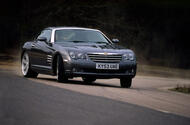 Disastrous marriage of Chrysler and Mercedes did produce something good - and its name is Crossfire
Disastrous marriage of Chrysler and Mercedes did produce something good - and its name is Crossfire
There are plenty of things people can’t forgive Jeremy Clarkson for, but near the top of my list is his comparison of the Chrysler Crossfire coupe’s rear end to a dog relieving itself.
He has certainly caused worse offence, but now, whenever I see a Crossfire coupe, it’s hard not to recall that unpleasant analogy. It’s a shame, really, because the Crossfire has a striking design - not necessarily because its rear half resembles a fleeting scene from parks across the country.
The car’s exterior was largely the work of American designer Eric Stoddart, part of a team led by Briton Trevor Creed. But the real story behind the Crossfire goes beyond the design team. It stems from the so-called “marriage made in heaven” between Daimler and Chrysler - more accurately, the takeover of Chrysler by Daimler, orchestrated by Juergen Schrempp and Bob Eaton, who presented it as a merger of equals in 1998.
In reality, it was far from equal. The deal triggered the departure of some of Chrysler’s top engineers, led to a decline in quality for some Mercedes models, and brought about a period of muddled product planning especially for Chrysler.
Despite clear financial and marketing risks, the companies pushed to integrate their platforms and parts, combining a high-volume, low-margin American brand with a lower-volume, high-margin premium brand. But that’s a story of its own.
One of the more curious products to come out of this merger was the Chrysler Crossfire. Its development was significantly accelerated by the ready availability of Mercedes hardware to serve as its foundation.
As the first-gen SLK was bowing out, the Crossfire, sharing many of the same parts but built by Karmann in Germany, was just coming on stream.
Standard cars featured Merc’s 215bhp 3.2-litre V6 and a six-speed manual, although a five-speed auto was available. Thrilling to drive, it is not. Dozy recirculating ball steering and all that. But it does work well as a relaxing GT.
The supercharged SRT-6, with 330bhp and uprated suspension and brakes is much sharper. But is still hamstrung by that recirculating ball system. And it’s only available with an auto.
Is the Crossfire a dog’s dinner then? Absolutely not. Prices start from sub £3000, it’s largely reliable and most parts are shared with the SLK, so are easy to find.












